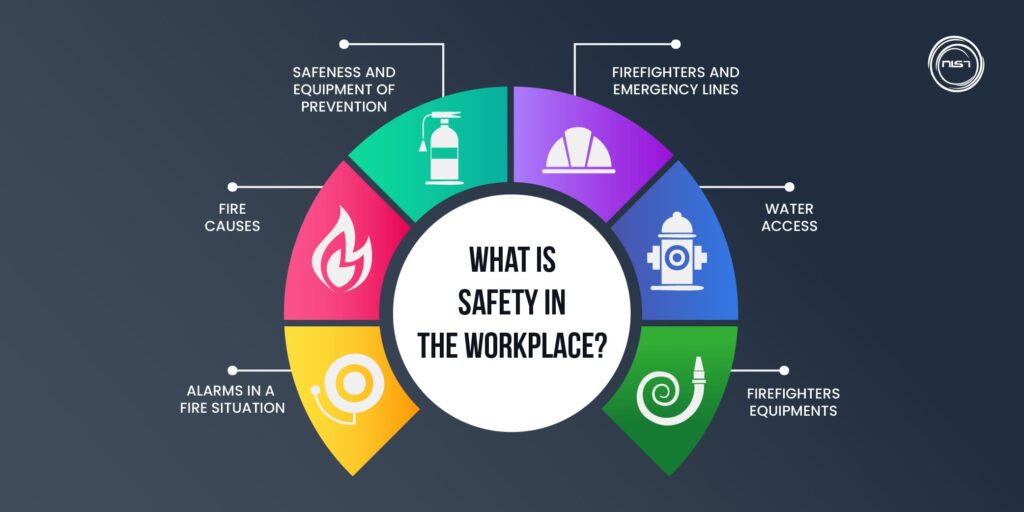Have you ever found yourself in the position of maneuvering through a crowded parking lot, only to feel a twinge of anxiety as you back up? You might ask, is there a way to make this often nerve-wracking experience a little less daunting? Enter the reversing camera—an innovative feature that has become increasingly popular in modern vehicles. But while these cameras offer a fantastic safety net, there are several factors to consider before making your final decision. What should you look for in a car equipped with a reversing camera, and how can you ensure it meets your specific needs?
First and foremost, let’s delve into the significance of reversing cameras. Initially introduced as a luxury feature, their importance has solidified over time. According to safety statistics, a staggering percentage of backing accidents occur because drivers do not have adequate visibility. A reversing camera not only enhances your field of vision but also provides you with the ability to detect obstacles that may be out of your direct line of sight. This nifty technology illuminates blind spots and offers a clearer perspective, but not all cameras are created equal.
When you approach the prospect of purchasing a car with a reversing camera, consider its resolution and quality. You might think that all cameras have the same clarity, but this is far from the truth. Higher-resolution cameras provide a vivid and detailed image of your surroundings. Opt for vehicles that offer HD resolution, as these will often give you a more accurate representation of the area behind you. Moreover, consider whether the camera has features like night vision or enhanced contrast to ensure that visibility isn’t compromised in low-light conditions.
Next up is the camera’s integration into the vehicle’s overall technology system. Does the display screen seem intuitive, or is it an exercise in frustration? A user-friendly interface can make a world of difference when you’re attempting to navigate in reverse. Ideally, the camera feed should appear on a central touch screen that also manages various other functions, such as navigation and entertainment. Look for an option that allows for easy customization—because we all have our preferences when it comes to how we view information. An adjustable screen angle can also enhance comfort and visibility, especially for drivers of varying heights.
Now, let’s shift gears and discuss placement. Does the camera provide a panoramic view, or is it restricted? Some cameras are mounted centrally, while others may be positioned on the rear bumper. While both can be effective, a centrally mounted camera often grants a more seamless view, reducing blind spots. However, a camera with a wider-angle lens may provide an extra level of safety by capturing more of the surroundings. Make sure to assess the vehicle’s design and the camera’s position before making a decision.
Another critical consideration is the camera’s performance in adverse conditions. How does it fare in rain, fog, or snow? Some cameras feature specialized coatings to repel water, while others come with integrated heating elements to prevent icing over during winter months. Consider how frequently you encounter varied weather as this can significantly impact your driving experience. A reliable reversing camera will not only perform under good weather but will prove invaluable when conditions take a turn for the worse.
Let’s not forget about additional features that can augment the functionality of your reversing camera. Many modern vehicles come equipped with guide lines or trajectory lines that help indicate the path your vehicle will take while reversing. This feature can be particularly beneficial for aligning your car between parking lines efficiently. Some advanced systems even feature object detection alerts. Imagine reversing slowly, and suddenly, the camera sends a warning beep if it detects an imminent obstacle! These enhancements can provide a level of consciousness that mere eyesight cannot replicate.
It’s imperative to consider how the camera complements the vehicle’s overall safety package. Some brands bundle their cameras with additional safety features like parking sensors or rear cross-traffic alerts. These features can create a synergistic effect, effectively keeping you safe while operating your vehicle. If the reversing camera is just one part of a comprehensive safety suite, it can make a persuasive argument for selecting that particular model.
Lastly, don’t underestimate the power of a warranty. Technology can sometimes be unpredictable, and having a robust warranty can offer peace of mind. If anything goes awry with your reversing camera after purchase, you want to be covered. Look for manufacturers that offer extended warranties on electronic components as part of their comprehensive service plans.
In conclusion, while the allure of a vehicle with a reversing camera is unquestionable, it necessitates a thorough evaluation of various elements. From camera quality and placement to integration with the vehicle’s technology, these considerations will guide you towards making a smart choice. You may have a high-tech camera assisting you, but the safest driving always starts with preparation and vigilance. So, as you embark on this journey of car shopping, keep these facets in mind, and be rewarded with a blend of safety and confidence behind the wheel.
